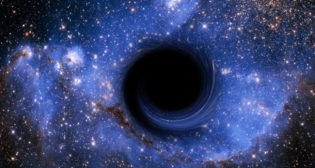
Three Railroads and a Moon Shot
Written by William C. Vantuono, Editor-in-Chief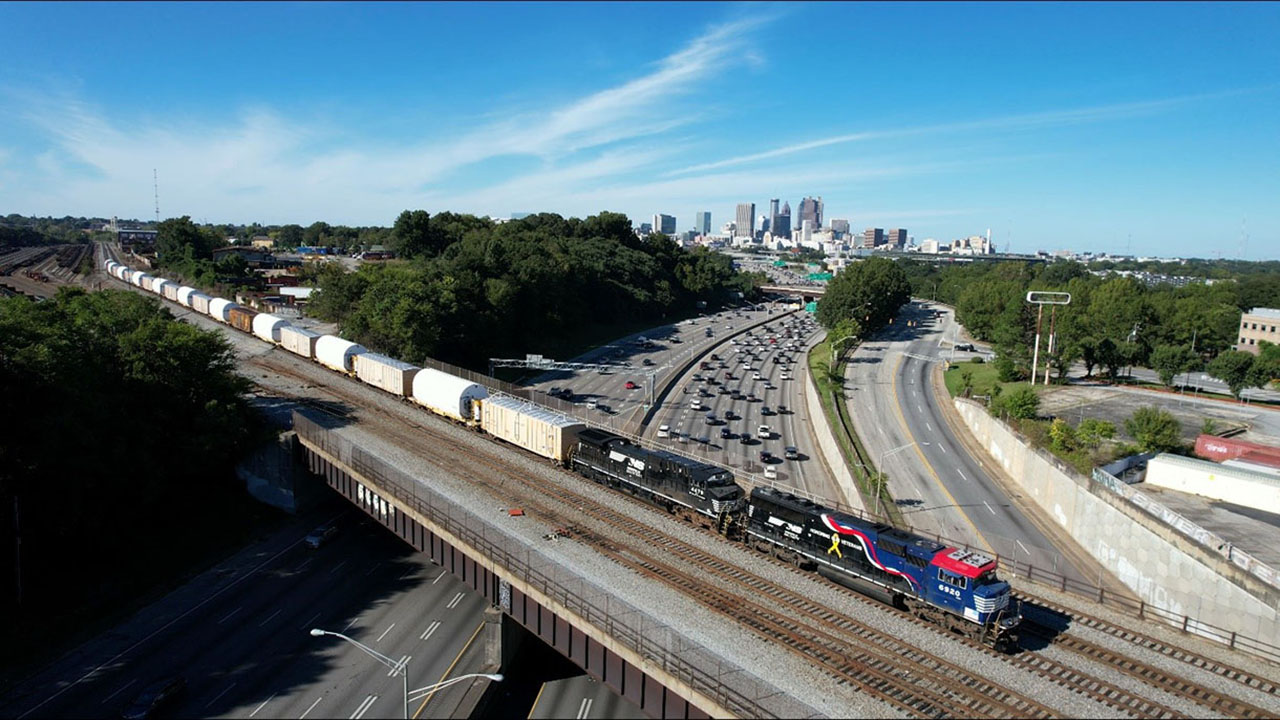
Norfolk Southern locomotives, led by 6920, the “Veterans Engine,” hauling Northrop Grumman SLS rocket components for Artemis II: Mission to the Moon through Atlanta, Ga.
Apollo 17 in December 1972 was NASA’s final Project Apollo manned lunar mission. In November 2024, the agency returns to manned lunar spaceflight with Artemis II, a mission similar to Apollo 8 in December 1968, which marked the first time that humans ventured beyond Earth orbit. Three railroads—Union Pacific, Norfolk Southern and Florida East Coast—transported essential Artemis II rocket components to NASA’s Kennedy Space Center at Cape Canaveral, Fla. If all goes as planned, four astronauts will embark on a voyage around the Moon (though not enter lunar orbit as Apollo 8 did), marking the first crewed mission on NASA’s path toward establishing “a sustained lunar presence.”
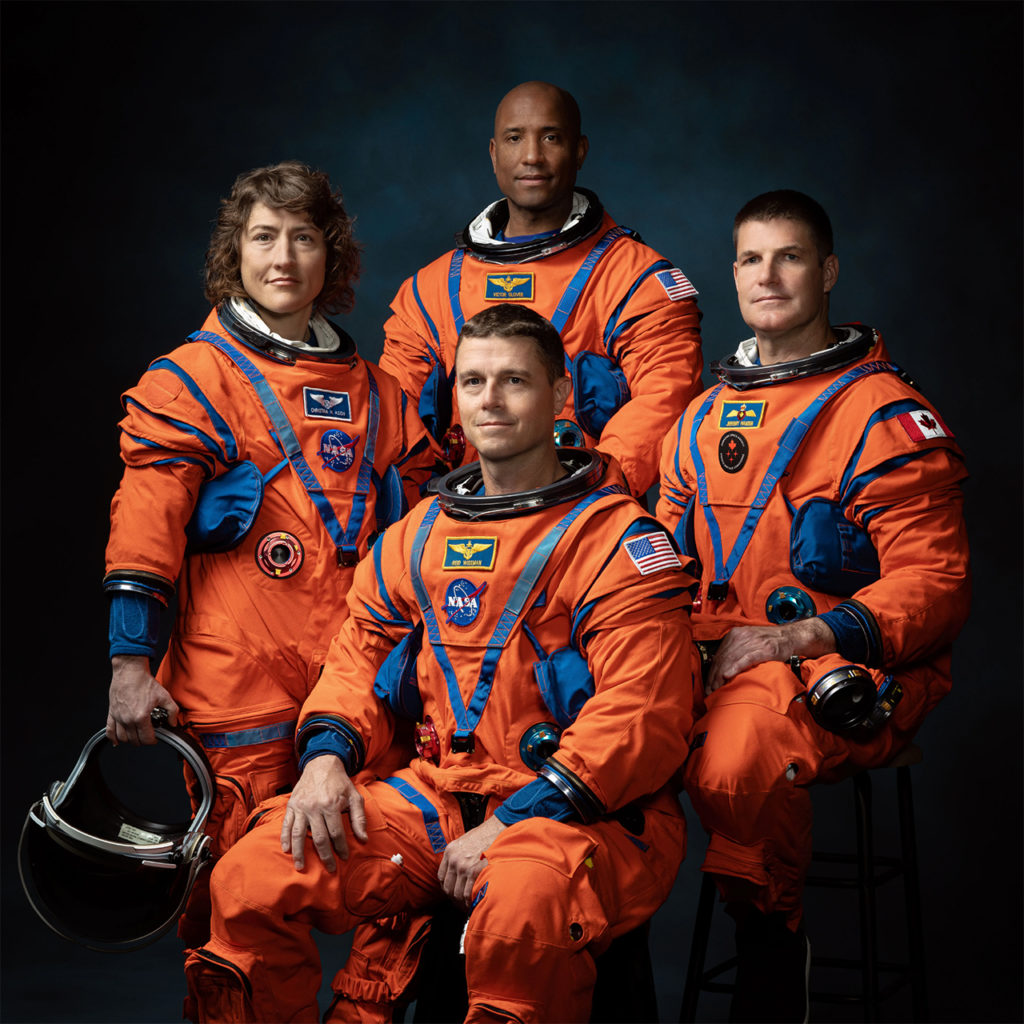
“This 10-day mission will not only test NASA’s pioneering deep space exploration technologies, but it will also lay the foundation for future lunar surface missions,” NASA noted. “This mission aims to achieve historic milestones, including landing the first woman and the first person of color on the Moon.”
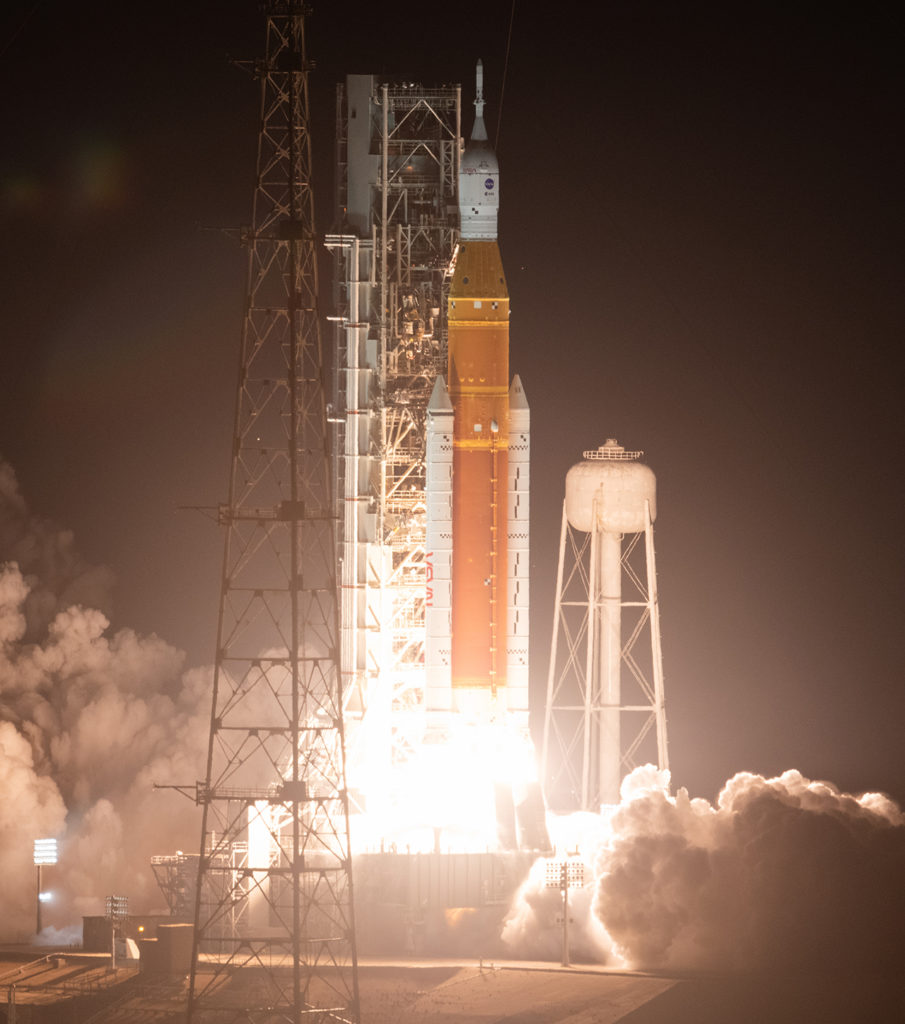
UP, NS and FEC joined forces to transport Artemis II SLS booster rockets for aeronautics and defense contractor Northrop Grumman. The cross-country rail move took approximately six days, commencing Sept. 19 on the UP from Corinne, Utah and concluding Sept. 25 at Jay-Jay Siding where the FEC main line connects with the NASA Railroad, in Mims, Fla. UP no. 1943, “The Spirit of the Union Pacific,” led the consist on UP territory.
The train traveled through 11 states: Utah, Wyoming, Nebraska, Kansas, Missouri, Oklahoma, Arkansas, Tennessee, Alabama, Georgia and Florida. NS took charge of the special consist in Memphis, Tenn. On the head end: NS No. 6920, the “Veterans Engine,” which “honors the brave men and women who put everything on the line to protect our freedom and enable us to chase our dreams in space,” NS said.
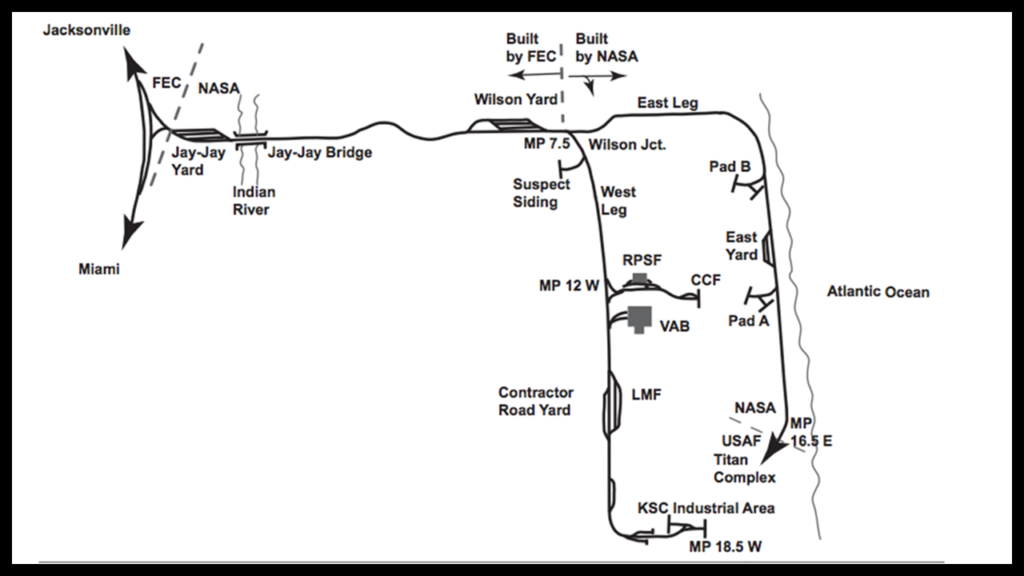
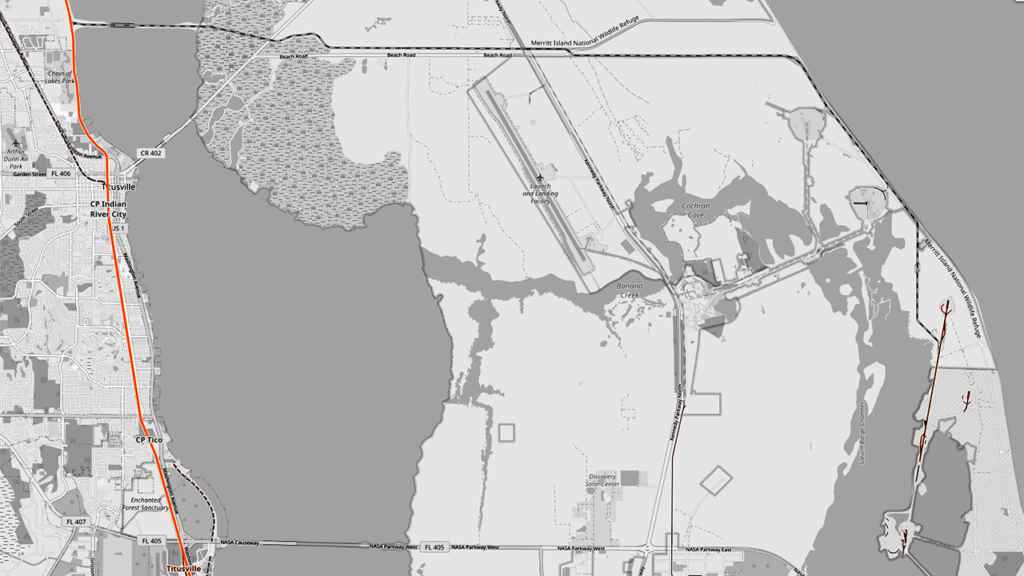
“The arrival of the SLS solid rocket booster motor segments is an important turning point as NASA and our Artemis partners begin readying for stacking and launch preparations for Artemis II,” said Amit Kshatriya, Deputy Associate Administrator for the Moon to Mars Program Office at NASA Headquarters. “Fully stacked, these boosters for NASA’s SLS rocket [providing 8.8 million pounds of thrust] are the largest, most powerful ever built for spaceflight and will help send the first astronauts around the Moon in more than 50 years.”
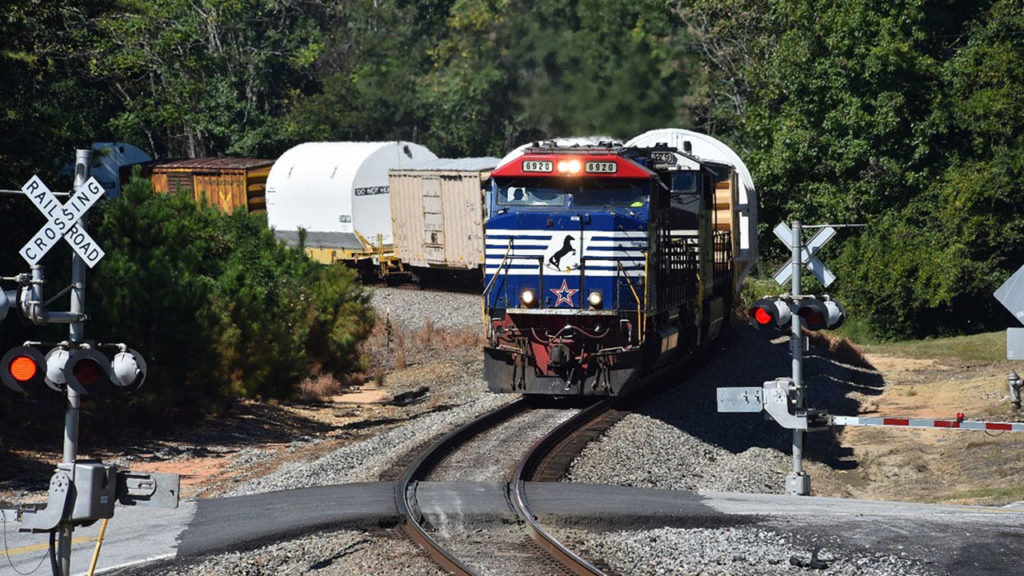
“This safe and successful trip is a testament to the incredible dedication and meticulous planning that went into making it a reality,” said NS Executive Vice President and Chief Operating Officer Paul Duncan. “Over the past nine months, the synergy among Northrop Grumman, Norfolk Southern’s Marketing, Transportation and Operations, and Union Pacific and the Florida East Coast Railway has been nothing short of extraordinary. It showcases the power of collaboration and precision in logistics.”
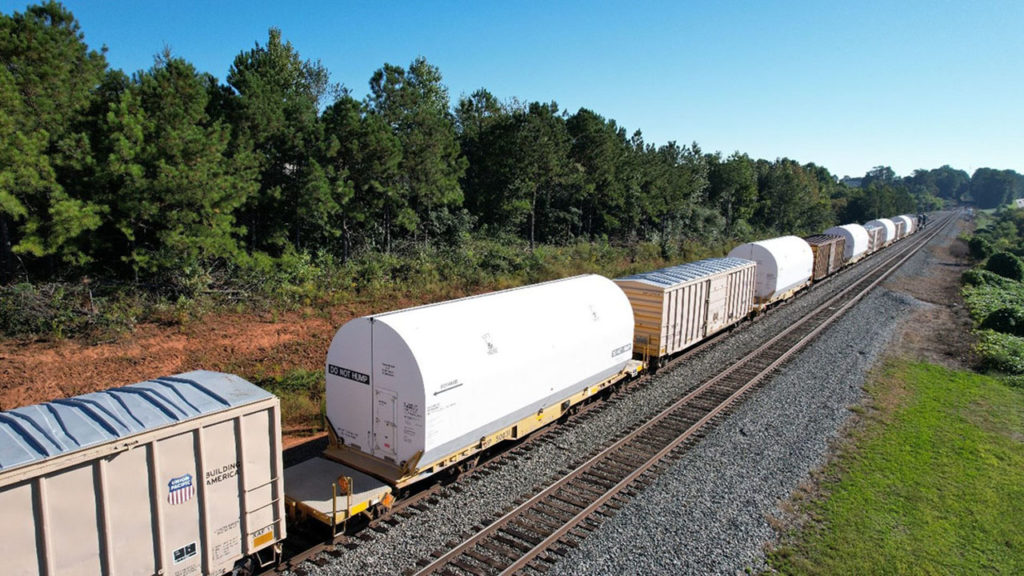
“We appreciate Northrop Grumman and NASA for trusting us with their business, and we look forward to continuing to provide safe, reliable transportation solutions for our customers and our country,” said NS Chief Marketing Officer Ed Elkins.
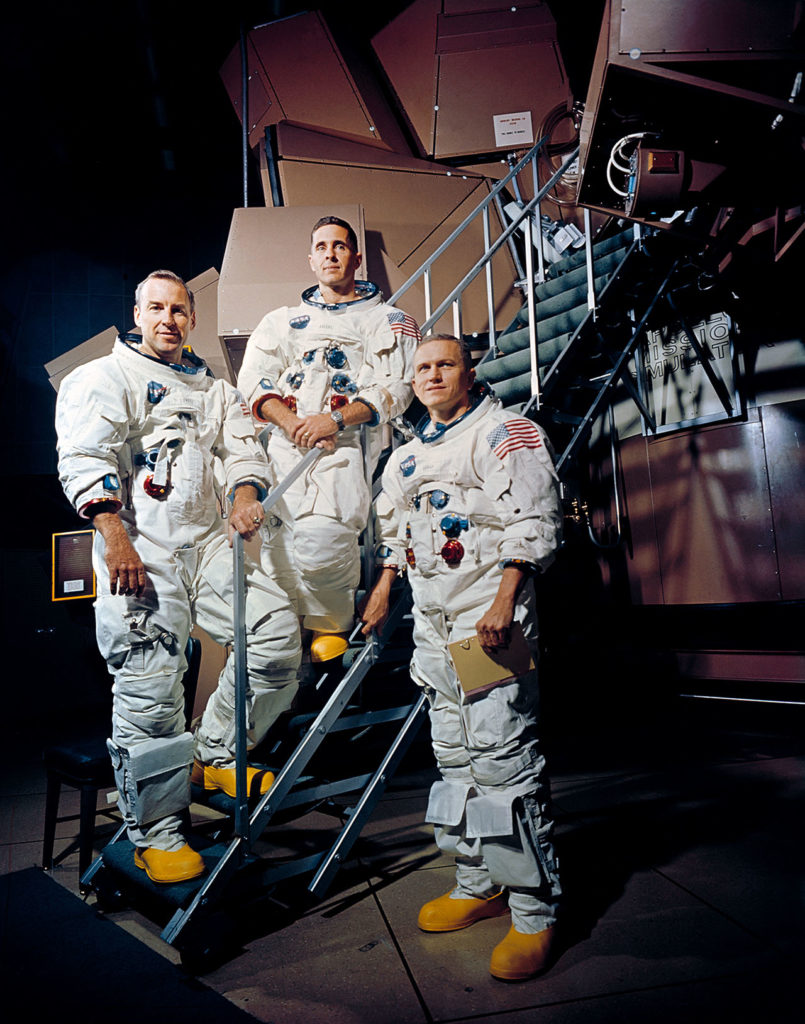
“Norfolk Southern is proud to play a role in advancing scientific knowledge and propelling humankind into outer space,” added Norfolk Southern VP Industrial Products Leggett Kitchin. “The advance work done by the entire Norfolk Southern team in conjunction with our valued partners can’t be overstated.”
“Our team remained aligned, focused, and efficient throughout to successfully get this important cargo to its destination,” said NS Market Manager Industrial Products Metals & Construction Marketing Michael Johnson.
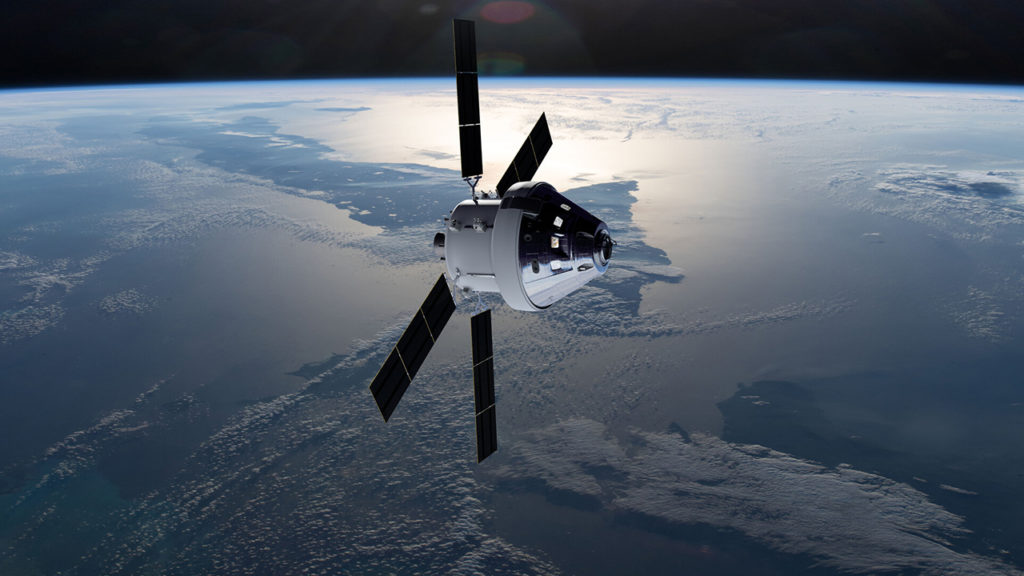
Artemis II is the second scheduled mission of NASA’s Artemis program and the first scheduled crewed mission of NASA’s Orion spacecraft, currently planned to be launched in November 2024. Four astronauts are to perform a flyby of the Moon and return to Earth via a free-return trajectory, as the first crewed mission beyond low Earth orbit since Apollo 17 in 1972. The mission is also planned to be the first crewed launch from Launch Complex 39B of the Kennedy Space Center since STS-116 in 2006.
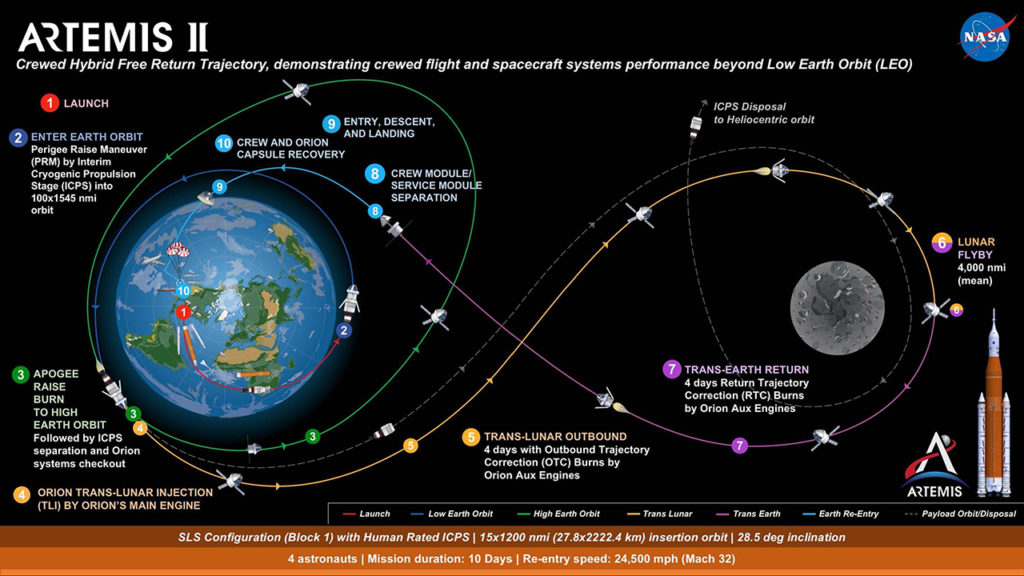
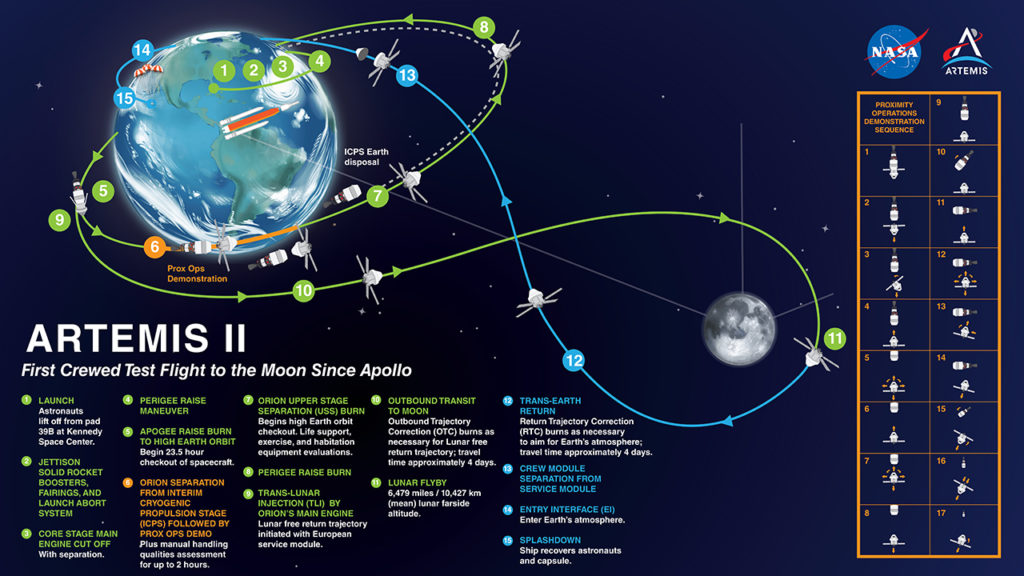
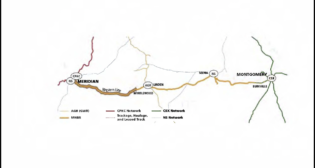

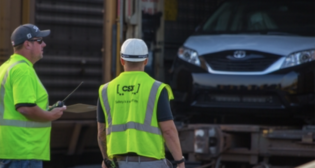
![“This record growth [in fiscal year 2024’s third quarter] is a direct result of our innovative logistic solutions during supply chain disruptions as shippers focus on diversifying their trade lanes,” Port NOLA President and CEO and New Orleans Public Belt (NOPB) CEO Brandy D. Christian said during a May 2 announcement (Port NOLA Photograph)](https://www.railwayage.com/wp-content/uploads/2024/05/portnola-315x168.png)